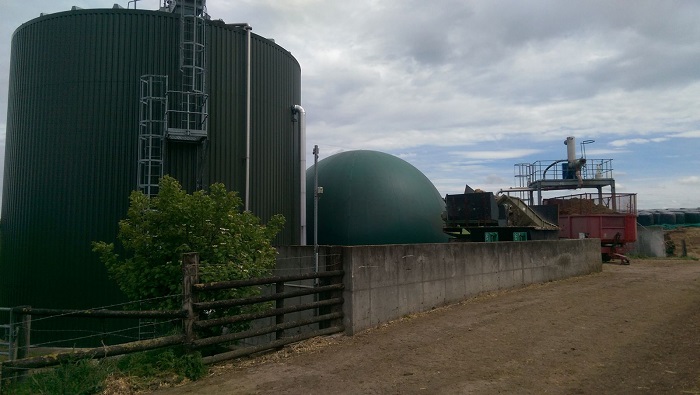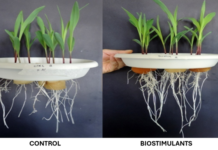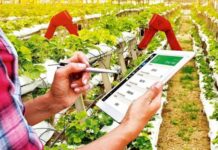Agricultural waste represents one of the largest anthropogenic sources of methane present in the atmosphere. Anaerobic digesters can turn these wastes into biogas as renewable energy, containing at least 50% of methane, and the solid residues into fertilizers rich in nutrients. Anaerobic digestion has a long history and many different digesters are implemented all around the world on farms.
There is no standard designed digester for different reasons: on one hand, the feedstocks and operating conditions are very diverse and on the other one, there remain many research issues still incomplete concerning microbiology, microbial ecology, metabolic pathways, modelling, technology.
Biogas industry in South Africa
The South African biogas industry is in its infancy. One of the factors hampering the development of the industry are generally poor impressions in the Food and Agro-industries, including the notion that Biogas does not work. This is both as an organic waste management technology and as a source of renewable energy. Another would be the belief that biogas is prohibitively expensive and that Solar Energy is a more reliable and more cost-effective technology in its stead.
Global Energy is determined to debunk these myths and present an alternative, fact-based, perspective.
Biogas does not work
While a relative new-comer on the South African renewable energy scene, biogas as a technology has been highly successful in both Europe and the developing world. The Anaerobic Digestion process, wherein organic compounds are broken down through the inter-action of colonies of anaerobic bacteria to produce biogas (a mixture of approximately 65% Methane, and 35% Carbon Dioxide), is naturally occurring. A modern biogas plant simply contains and controls this naturally occurring process, to regulate and optimise the production of biogas.
In Germany alone, there are over 10 000 biogas plants in operation, and in Asian countries such as China and India, the number of biogas digesters runs to millions. So clearly there is little doubt that the process can and does work. Unfortunately, there have been some well-publicised early failures in the South African biogas space, primarily due to attempts to apply Euro-centric technology in the South African context, without an appreciation of local factors.
Global Energy have adapted well-proven European technology and practices, to make them somewhat simpler and better-suited to the local environment, and in the process have developed true “home-grown” technology that has been demonstrated to be both reliable and cost-effective.
Biogas is expensive
Through a broad-minded approach, understanding of the process, simplification of management thereof, and a concerted effort to adapt and utilise local products and technology, Global Energy has managed to significantly reduce the cost of a fully-functioning, fully automated, safe and efficient biogas plant. The typical cost of a full turn-key project, including commissioning, is around R30 000 per installed kW(electrical). Further energy is available for heating purposes.
Solar Energy is more cost-effective:
While it is true that the quoted R/kW installed of solar energy is somewhat lower than biogas, the effective power output of such an installation needs to be clearly understood. Typically, for a 100kW solar installation the output of this system will be quoted as 100kW(peak). What this means is that clean panels, on a clear day, at noon, during mid-summer, will produce 100kW.
However, what needs to be factored in is the fact that this solar installation will only start electricity production an hour-or-two after sunrise, and that is depending on panel orientation. It will also only generate at peak out-put for 2- 3 hours around mid-day, and will stop generating completely an hour-or-two before sunset. At best, a 100kW solar electricity installation will produce an average of 450kWh per day.
By comparison, a 100kW biogas plant could produce as much as 2 400kWh per day. The maths is not complicated. The cost of the energy from the biogas system is more than 3 times less expensive than from the solar system. Furthermore, the power output from the biogas system is continuous and includes includes integrated storage so that when production exceeds consumption, it is automatically stored for later use. Up to twice the electrical power output is available for heating purposes, and there may be significant savings on organic waste disposal.
The technology can be applied to almost any organic wastes, such as animal manure from feedlots and dairies, waste from food processing and packing factories and abattoir waste. The energy derived from the process is specific to the waste stream in question.
The biogas plants are custom designed for each waste producers site and are sized based on the waste stream quantities and energy consumption of the waste producer. The design ensures that the waste producer does not export electrical power and so eliminates the need for power purchase agreements with the utility.









